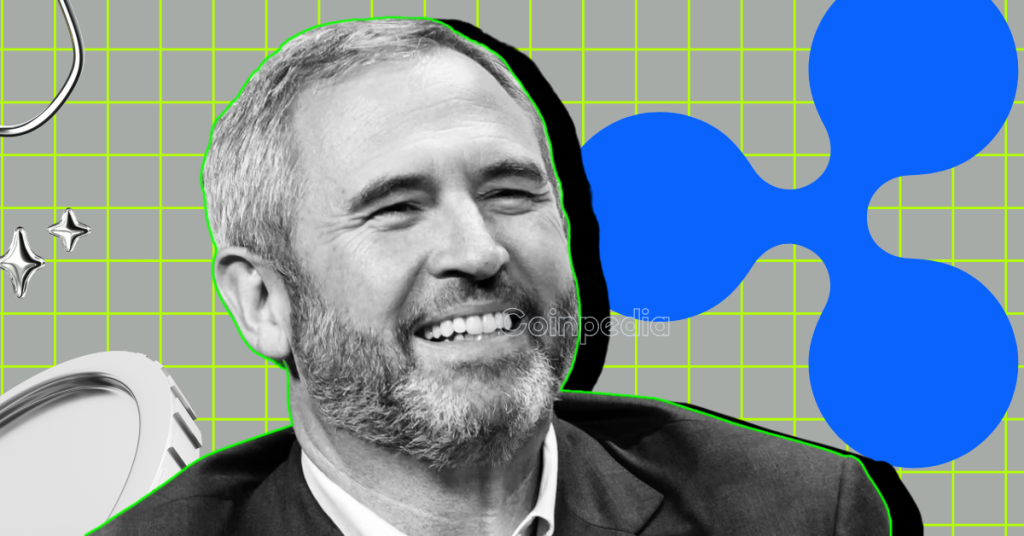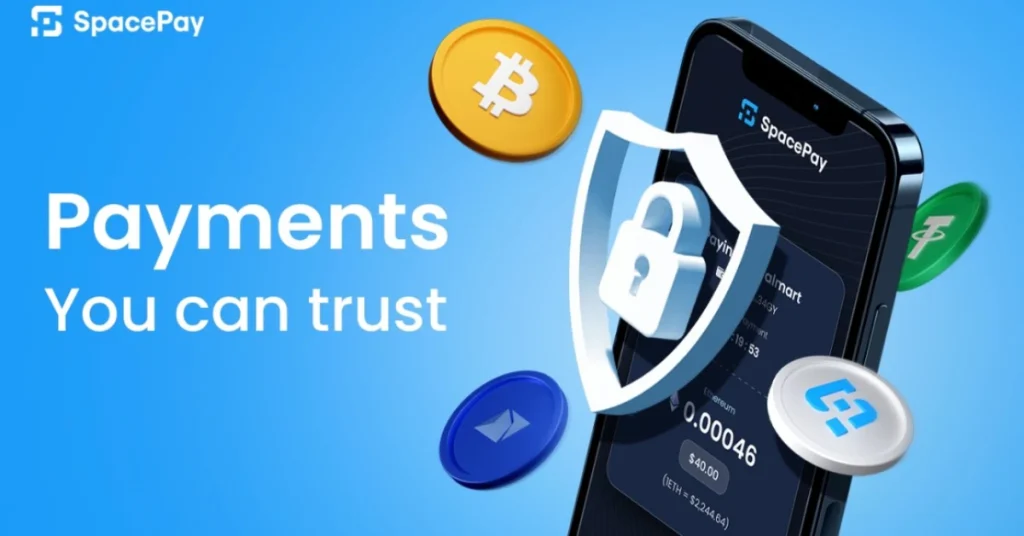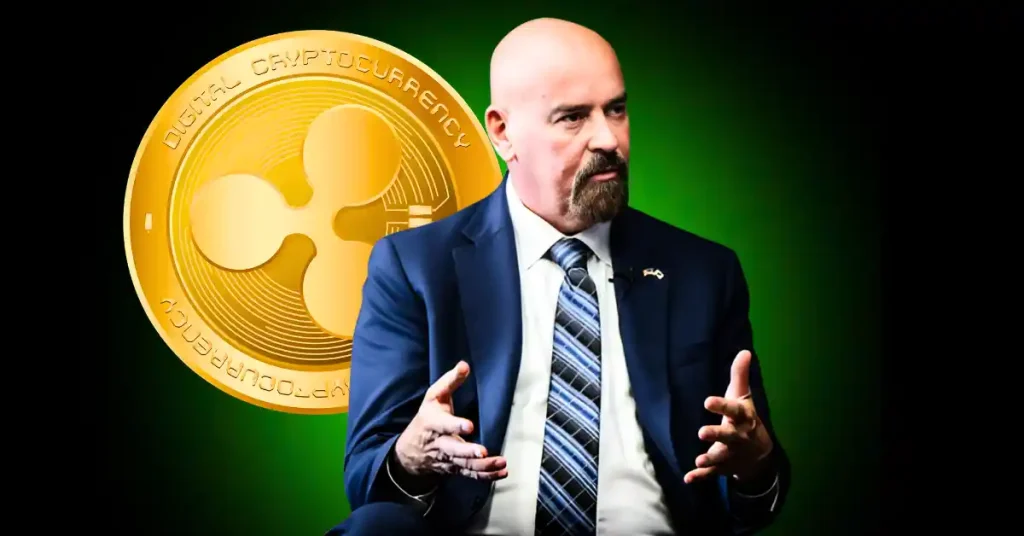
The post Polygon Network: Layer-2 Scaling For Ethereum appeared first on Coinpedia - Fintech & Cryptocurreny News Media| Crypto Guide
Talking about today, we have several cryptocurrencies available in the crypto world like Bitcoin, Ethereum, Cardano, and Polkadot to cite just a few popular ones.
The crypto marketplace has recently added the new addition cryptocurrency known as Polygon. Despite being only a few years old, the currency is among the top twenty virtual currencies in terms of market capitalization.
Polygon is still one of the most popular platforms accessible for scaling solutions today. Not only that, but many currency experts say that, when compared to other prominent virtual currencies, Polygon is still an excellent investment, with the currency’s price likely to rise in the long run.
Let’s dig more into it and know what is it all about!
What is Polygon Network?
Polygon is a secondary Ethereum scaling solution. It is a layer-2 solution is a blockchain that runs in parallel to a mainnet but processes transactions outside of it, leading to higher transaction throughput and cheaper gas prices.
Rather than creating their own blockchain, these solutions build on top of an existing one. In this case, Polygon is built on Ethereum, which has gotten increasingly slow and expensive to use as it has grown in popularity.
Polygon is a cryptocurrency that is formerly known as MATIC as well as a technology platform that connects and scales blockchain networks. It was introduced in 2019 to overcome many Ethereum blockchain restrictions, including transaction speed, throughput, and gas prices.
While maintaining the security, interoperability, and structural benefits of the Ethereum blockchain, the Polygon platform can boost the flexibility, scalability, and independence of a blockchain project.
Polygon’s native coins, MATIC, are Ethereum-based ERC-20 tokens. The tokens are utilized as a settlement currency between Polygon users and for payment services on the platform. MATIC coins are also used to pay for transaction fees on Polygon sidechains.
Polygon is a new blockchain technology that has recently emerged. Take a look at what history has to say.
History of Polygon
2017
In October of 2017, the MATIC network was launched. The cryptocurrency was co-founded by three individuals who saw an issue with Ethereum’s scalability Jayanti Kanani, Sandeep Nailwal, and Anurag Arjun, and addressed blockchain scaling and usability concerns.
Plasma was at the edge of blockchain scaling in 2017, and Matic used a plasma-driven scaling strategy and Proof-of-Stake (PoS) sidechains to help Ethereum scale as user demand surged. Matic POS has evolved into a popular scaling choice for a variety of applications.
2019
In 2019, the Matic Network team made a significant contribution to the Ethereum environment prior to launching their own network. On Ethereum, the Polygon team developed the WalletConnect protocol, Plasma MVP, and the widely known Dagger event notification engine.
2021
Later, in February 2021, Matic relaunched as Polygon to become a Swiss Army knife for scaling solutions. Polygon intends to expand its Plasma/POS chain to include support for rollups and Validium. The initiative realizes that a single solution may not be able to scale on its own. Polygon aspires to play a crucial role in giving the infrastructure needed to build any of these systems, and there’s a chance that numerous solutions may coexist and help Ethereum scale collectively.
Roadmap
Polygon intends to expand its Plasma/POS chain to include support for roll-ups and Validium. The initiative realizes that a single solution may not be able to scale on its own.
Polygon is a solution meant to improve the speed and scalability of decentralized apps (dApps) on the Ethereum blockchain without compromising security or user experience.
Its utility gained prominence, previously known as the Matic Network. While the number of dApps and blockchain solutions is growing.
Polygon has been labeled “Ethereum’s Internet of Blockchain,” and with good reason that the protocol’s fundamental function is to connect Ethereum-compatible blockchain networks.
It solves Ethereum’s scalability problem by allowing decentralized programs to be scaled in under 30 minutes. Polygon is secure and offers enterprise-grade interoperability, modularity, and a simple approach for developers thanks to Ethereum’s architecture.
The network’s goal is to make interacting with the blockchain environment as simple as possible. It accomplishes this goal by utilizing Plasma a new technology that allows transactions to be completed more quickly and at a lower cost.
The improvements have been the launch of Polygon Studio to facilitate the adoption of NFT. A series of events have backed up MATIC’s recent market performance. It has announced a strategic alliance with Wanchain in order to change the face of blockchain interoperability.
Polygon also collaborated with GameOn Entertainment Technologies Inc. on a strategic relationship to develop NFT-based games on its Ethereum-based scaling platform.
Polygon aspires to play a crucial role in giving the infrastructure needed to build any of these systems, and there’s a chance that numerous solutions may coexist and help Ethereum scale collectively.
Recent Updates
Polygon can be used to generate Optimistic Rollup chains, ZK Rollup chains, stand-alone chains, and any other type of structure that the developer requires.
With Polygon, new capabilities are being developed on existing, proven technology to improve the developer ecosystem’s capacity to cater to a wide range of needs. Polygon will continue to develop the fundamental technology in order to expand its ecosystem.
The Heimdall node became inoperable as a result of the network outage, said the MATIC team. An update to 0.2.8 will be made in order to give a remedy to the problem, which will necessitate a hard fork.
The last block on the Bor chain before the interruption will be rebuilt as part of the latest update, and the new chain went live on March 20.
Upcoming Updates
The Polygon blockchain will soon see the much-anticipated implementation of Ethereum Improvement Proposal 1559, which will bring with it the burning of the native MATIC token as well as improved fee visibility.
Features of Polygon
The following are some of its most important features:
- Availability: Transactions on Polygon sidechains are fast, cheap, and secure, with finality on the mainchain and Ethereum as the first Layer 1 base chain.
- High Throughput: It was able to attain up to 7,000 TPS on a single sidechain on the internal testnet. Many chains will be formed for horizontal scaling.
- Customer Experience: Support for WalletConnect, native mobile apps, SDK, and developer abstraction from the main chain to the Polygon chain.
- Security: Polygon chain operators are stakers in the PoS system.
- Public Sidechain: Matic sidechains, unlike individual dApp chains, are open to the public, permissionless, and capable of supporting a wide range of protocols.
How Does Polygon work?
Polygon’s MATIC Sidechain works similar to Proof-of-Stake blockchains.
Instead of depending on the traditional Proof of Work (PoW), which takes a tremendous amount of processing power to build new blocks, the platform uses the Proof of Stake consensus, which uses a network of node validators to verify and validate transactions blocks.
The primary difference is that in PoS, token holders validate and verify transactions instead of having to do the work (computing labor in PoW methods).
Users are rewarded with MATIC, the protocol’s native token, in Polygon’s PoS environment. You have the option of earning MATIC in one of the following ways:
- Validators: By hosting a full node to validate transactions on the blockchain, you can become a validator and commit to the network. You get a portion of the fees and newly formed MATIC as a node validator. Your MATIC awards will be reduced as punishment if you act intentionally, make a mistake, or even if your internet connection is slow.
- Delegator: A delegator is a type of public node, which is a great way to start. You receive other people’s MATIC as a delegator and utilize it to assist the network in doing PoS validation. The delegator’s voting power grows in proportion to the size of the delegated stake.
Nevertheless, Polygon has developed a layer-2 network for creating Ethereum-compatible blockchain networks. Layer-2 scaling methods mention off-chain scaling options.
This includes removing or decreasing evaluation power components from the main blockchain before executing them elsewhere, such as on sidechains.
This improves mainchain performance while simultaneously disseminating assessing expertise across the network. Layer-2 solutions are becoming more popular as they play an important part in the acceptance of cryptographic money.
Clients who accept their tokens on the MATIC Sidechain can move them within the network quickly and cheaply. This means that using a decentralized trade on MATIC to give or exchange liquidity will cost the client cents rather than hundreds of dollars.
Polygon’s tokenomics
The MATIC tokens are released once a month. MATIC tokens have a current circulating quantity of 4,877,830,774 and a maximum supply of 10,000,000,000.
In 2017, 3.8% of MATIC’s maximum supply was sold in a private sale. Another 19 percent of the overall supply was sold at the April 2019 launchpad sale. The MATIC price was $0.00263 per token, and the total amount raised was $5 million.
The rest of them are divided into the following manner:
| Polygon Price | $1.39 ( AT PRESS TIME) |
| Market Cap | 10,807,675,869.11 |
| Total Supply | 10,000,000,000 |
| Circulating Supply | 7,808,492,081 |
| Team Tokens | 16% |
| Advisors Tokens | 4% |
| Network Operation Tokens | 12% |
| Foundation Tokens | 21.86% |
| Ecosystem Tokens | 23.33% |
Polygon Bridge
The PoS bridge serves as the backbone for transferring assets from Ethereum to Polygon and then using those monies to interact with the Polygon ecosystem’s apps and blockchains. Of course, you’ll have to pay a transaction fee in ETH, which can be costly, but transactions on the Polygon network are very inexpensive – less than $1.
How do you use the Polygon network?
Polygon Network can be used to connect your CryptoWallet.
1) Go to the configuration page.
2) Select Networks > Add Network from the drop-down menu.
3) Fill in the blanks with the necessary information:
Future of the Polygon
Polygon is a network solution designed to improve decentralized apps (dApps) on the Ethereum blockchain by making them faster and resolving scaling issues while maintaining security and user experience. Its utility, formerly known as the Matic Network, has grown in popularity.
Polygon could be the world’s first fully effective interoperability solution. Polygon’s competitors, on the other hand, are rushing to have their services up and running before Polygon.
Although parts of Polygon’s solutions, such as plasma scaling and the proof-of-stake chain, are now operational, blockchain developers are not permitted to introduce their distributed security chains on the platform until all of Polygon’s proposed solutions are operational.
Moreover, solutions such as optimistic and ZK-rollups have yet to be implemented on the network.
Matic had high gas fees and sluggish block confirmations back then, both of which detracted from the user experience. They needed to act quickly or risk being overshadowed by competing ventures. As a result, they were able to fulfill this goal by developing Plasma, which speeds up transactions while lowering costs.
MATIC could be a rewarding investment in 2021 and beyond. MATIC tokens could reach $3.05 in 2021, $5.5 in 2025, and $9.41 in 2028, according to the company’s pricing predictions.
Conclusion
Polygon MATIC is an excellent choice, especially if you want to avoid Ethereum’s hefty fees and poor performance. Polygon has demonstrated that it is capable of overcoming Ethereum’s issues, and as a result, it is gaining in favor with each passing day. Examining Polygon MATIC’s workings and potential reveals that this platform has made tremendous progress in addressing blockchain scaling issues.
You might even start your own decentralized network. Using some of Polygon’s tools and features, this may be a simple and painless process. Furthermore, different blockchain developers can enjoy developing their own decentralized networks because of the polygon platform’s given features and tools, which let developers customize their networks.
FAQ
Polygon’s Plasma implementation is based on state-based side chains that operate on EVM, whereas other Plasma implementations mostly use UTXOs, limiting them to payment-specific purposes. Polygon can also enable scalability for general smart contracts thanks to state-based side chains
Polygon is the finest blockchain for launching an NFT project with low-value, high-frequency transactions. On the other side, with low frequency and high-value transactions, ETH is the best blockchain NFT project.
Polygon is much like any other cryptocurrency in terms of volatility. It may have grander intentions for the future, but there’s no way of knowing whether other blockchain networks or Ethereum may lead the coin’s popularity and value to plummet.
Polygon is an alternative scaling option for the Ethereum blockchain that is compatible. Polygon aspires to be a better blockchain development network than Ethereum.
When you click “Sign,” you’ll be taken to their bridging interface, where you can move your Ethereum Mainnet assets to Polygon. Simply choose the tokens you’d like to transfer and hit “Transfer.” Your tokens should be deposited in around 7-8 minutes.

 3 years ago
204
3 years ago
204














 English (US) ·
English (US) ·